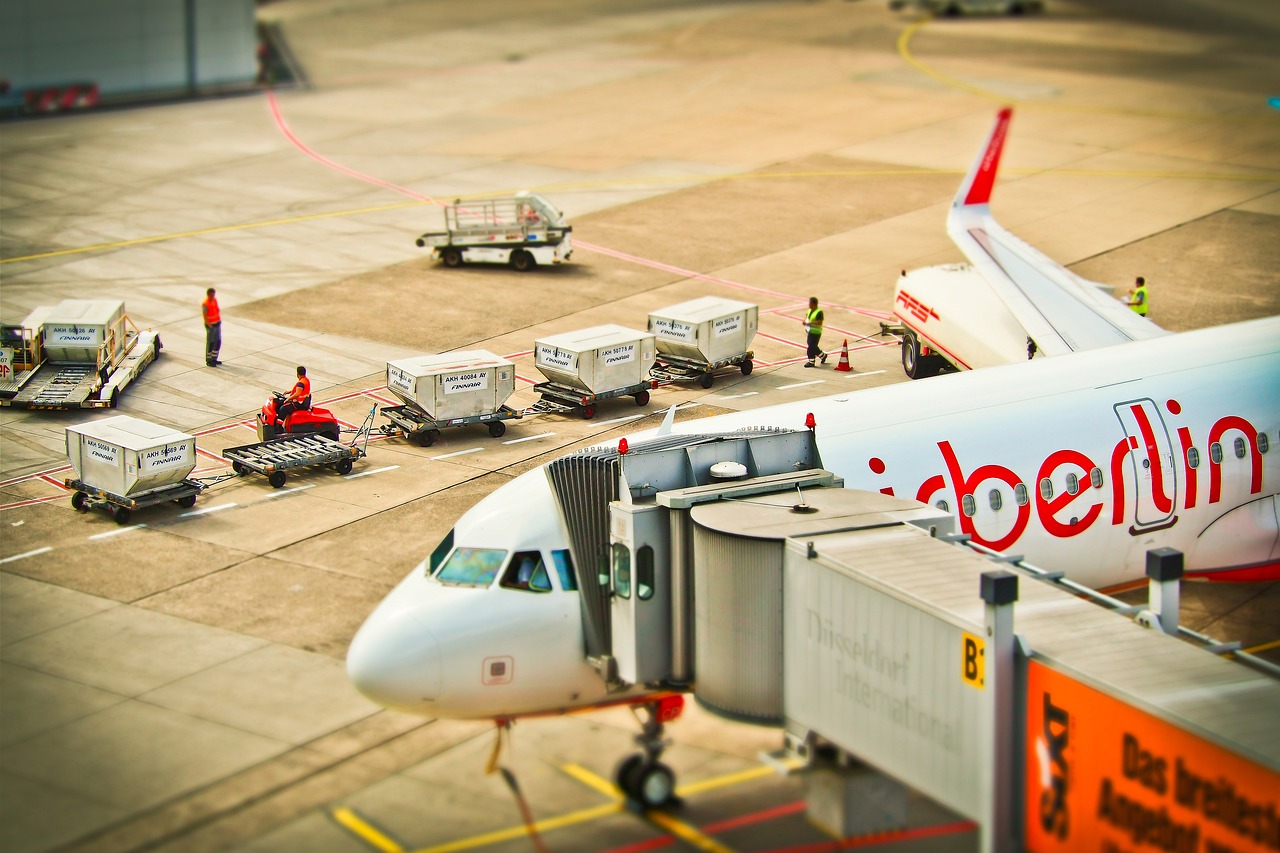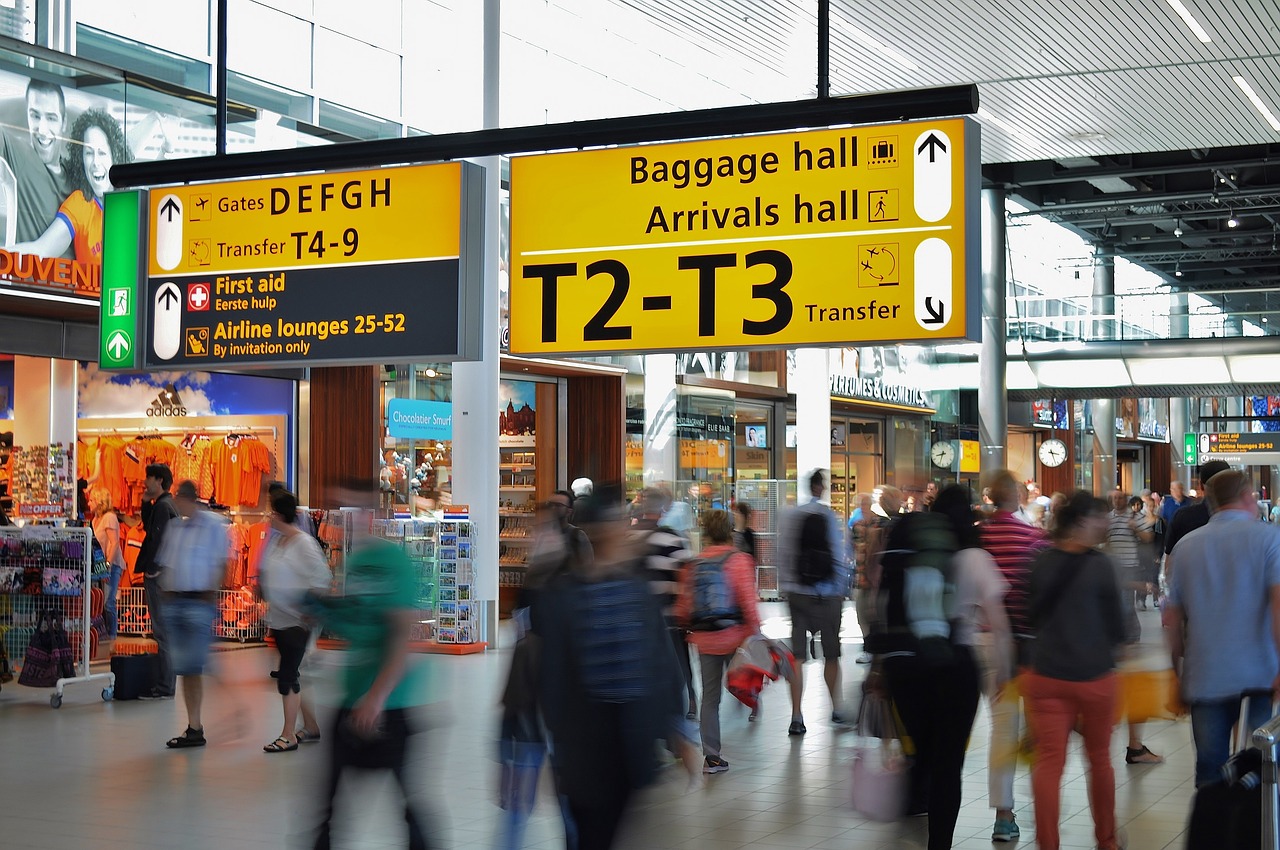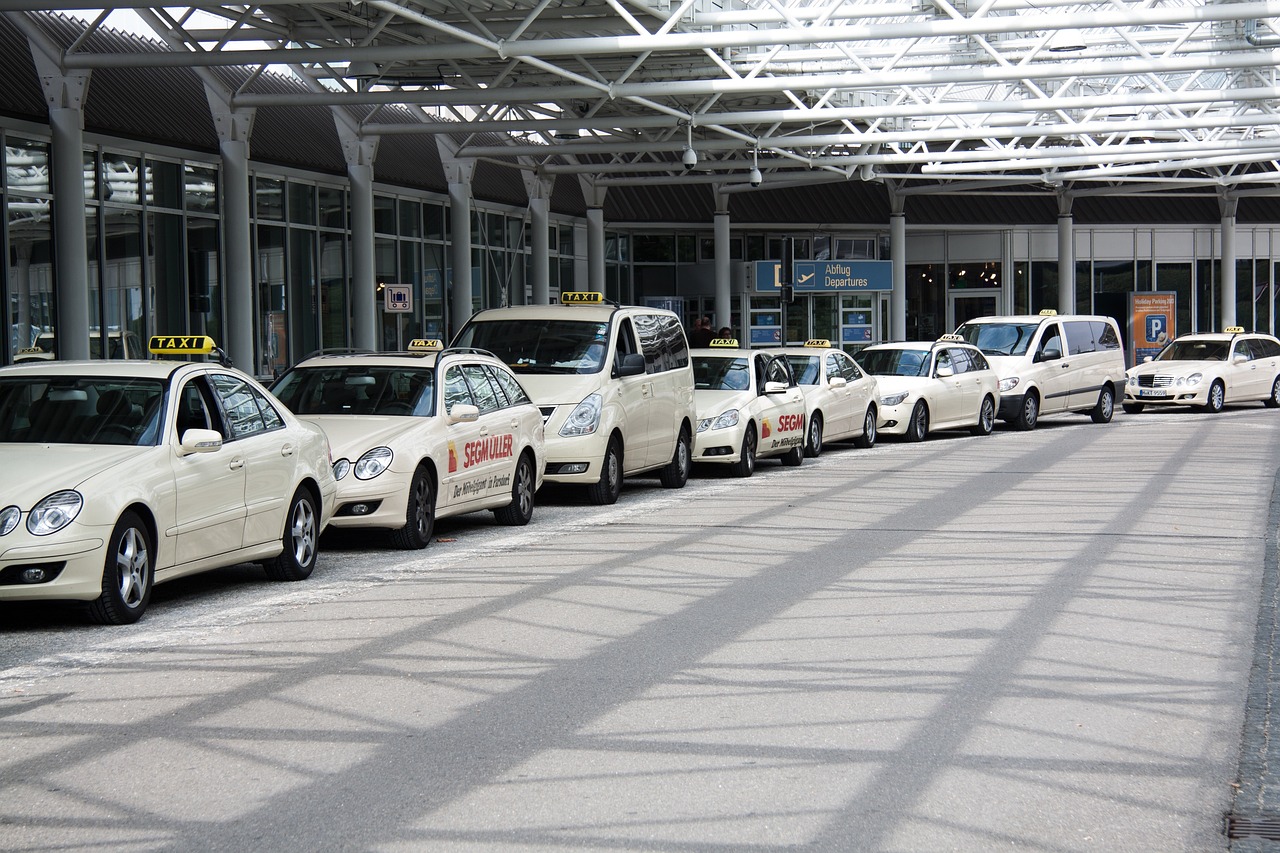MAIA will develop a set of data analytics and modelling tools as a basis for two passenger mobility innovations: shared autonomous vehicle fleets and unmanned aerial vehicle fleets. The MAIA tools will monitor and anticipate passenger behaviour changes due to these new options, optimise vehicle dispatching under multimodal disruptions, and recommend appropriate locations for vertiports.

MAIA aims at maximising the contribution of mobility innovations to the competitiveness and sustainability of the European aviation sector. The capabilities of the tools developed will be demonstrated and evaluated through their application to a set of case studies in the European airport network.

Identify the opportunities and risks associated with passenger mobility innovations in a multimodal airport access context.

Develop MAIA-Engine (Solution 1), a toolset for a passenger-centric design and implementation of innovative multimodal airport access services, which includes new methods and tools for predicting passenger behaviour.

Develop MAIA-CCAM (Solution 2), a vehicle dispatching tool to support the operation of Shared
Autonomous Vehicle (SAV) fleets in the airport access, able to mitigate multimodal disruption impacts.

Develop MAIA-UAM (Solution 3), a vertiport site selection framework to support the implementation of Unmanned Aerial Vehicles (UAV) services in the airport access, able to balance passenger experience criteria and UAM operational constraints.
The research question of MAIA is how to leverage mobility innovations to improve airport accessibility. MAIA will offer three solutions that prepare the aviation sector for an optimal implementation and operation of innovative multimodal airport access services based on CCAM and UAM technologies: MAIA-Engine, MAIA-CCAM, and MAIA-UAM. The concept is summarized below.

The research approach follows three principles:
External experts and stakeholders will be involved throughout the project by means of bilateral interviews, thematic workshops, and the establishment of an External Experts Advisory Board (EEAB).
The proposed research methodology is structured under five axes that cover the objectives of the project, and correspond to defined work packages of the project:
Work package 2 (WP2) of the project reviews airport accessibility challenges and identifies opportunities and risks for mobility innovations through spatial analysis, desk research, and stakeholder involvement (EEAB, 2 Delphi poll rounds, and a workshop). It creates a solid conceptual framework for the development of MAIA Solutions.
Work package 3 (WP3) develops a toolset for a passenger-centric design and implementation of innovative multimodal airport access services. This toolset relies on a data inventory identifying both data sources useful for passenger behaviour analysis and characteristics of data generated by new airport access services. The toolset consists of two groups of algorithms supporting passenger profiling and airport access monitoring on one side, and airport access demand modelling on the other side.
Work package 4 (WP4) develops a vehicle dispatching tool to support the operation of Shared Autonomous Vehicle (SAV) fleets in the airport access able to mitigate multimodal disruption impacts, following a co-creation Design Thinking approach. This approach uses results from the problem definition to define a scenario of SAV operation and requirements so as to develop matching dispatching algorithms and test them for validation.
Work package 5 (WP5) develops a vertiport site selection framework that supports the implementation of UAV services in the airport access. This development will also use a design thinking approach exploiting the first axis results and defining a scenario with stakeholders to set up and test algorithms evaluating vertiport locations.
MAIA-Engine will be used in two airports, providing inputs for MAIA-CCAM and MAIA-UAM algorithms, and exploiting results of these two tools to simulate passenger reactions to the availability of new airport access services.